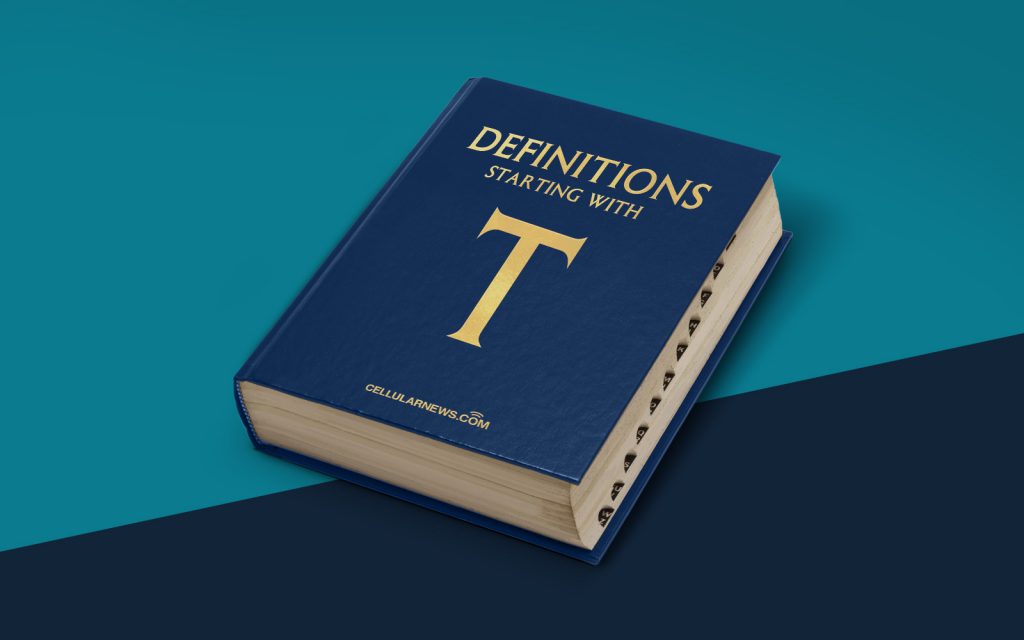
DEFINITIONS: What Is the Pantone Matching System (PMS)?
Have you ever wondered how designers and printers achieve such precise color matches? How they consistently replicate colors across different mediums? Well, the answer lies in the Pantone Matching System (PMS). In this post, we will explore what the Pantone Matching System is and how it is used in the world of design and printing.
Key Takeaways:
- The Pantone Matching System (PMS) is a standardized color reproduction system widely used in various industries.
- PMS provides designers, artists, and printers with a universal color language to ensure accurate color communication and reproduction.
The Pantone Matching System, commonly referred to as PMS, is a standardized color matching system developed by Pantone LLC in the 1960s. It is widely used in industries such as graphic design, fashion, printing, and manufacturing to achieve consistent and accurate colors.
Why do we need a system like PMS? Well, imagine a scenario where a designer wants to print a specific shade of blue on a T-shirt. Without a standardized color system, they would have to rely on subjective descriptions or try to match the color by eye. This could lead to inconsistencies and variations in color across different production runs or printing methods. With the Pantone Matching System, designers can confidently communicate and achieve the exact color they desire.
So how does the Pantone Matching System work? At its core, PMS is a library of standardized colors, each identified by a unique number and a name. Each color in the system is created by mixing specific amounts of base ink colors, known as the Pantone base inks. These base inks are predefined and consist of 18 basic hues, from which thousands of unique colors can be created.
The Pantone Matching System is not only limited to solid colors but also includes metallics and special effects like pearlescents and fluorescents. This versatility allows designers and printers to achieve a wide range of effects and accurately match their chosen colors.
Designers and printers can refer to the Pantone Color Formula Guides that provide precise formulas and ink mixing ratios for each PMS color. This ensures consistent and accurate reproduction of colors across various media, including print, fabric, plastics, and more.
The Pantone Matching System has become an industry standard, making it easier for designers, printers, and manufacturers to communicate, collaborate, and achieve consistent color results. It has revolutionized the world of design and printing, ensuring that the color you see on your screen matches the final product.
Key Takeaways:
- The Pantone Matching System (PMS) is a standardized color reproduction system widely used in various industries.
- PMS provides designers, artists, and printers with a universal color language to ensure accurate color communication and reproduction.
Next time you admire a beautifully matched color on a magazine cover or a vibrant logo on a product, remember the Pantone Matching System behind it—the silent hero that brings consistency and accuracy to the world of design and printing.
